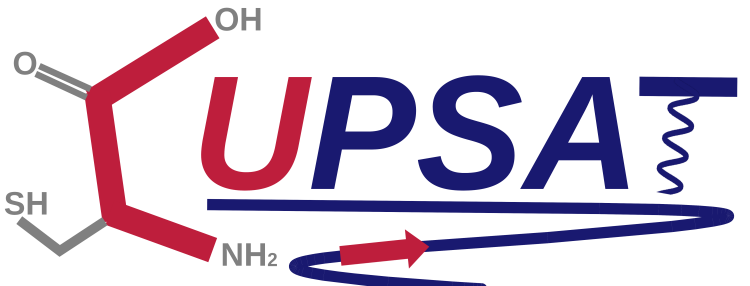- This module predicts stabilty changes upon point mutation from a PDB structure.
- Initially, given PDB file is analyzed for its atom environment & secondary structure features.
- Torsion angle information and details of Accessible Surface Area & Secondary structure specificity of the given amino acid environment are provided (DSSP).
- Input details: PDB ID, Wild type amino acid or residue ID. Chain ID may also be required.
- Some PDB structures either don't have chain specification or have only one chain. In that case, the program doesn't require chain ID. If there are multiple chains and the supplied residue ID match only one chain, the program assumes that the input belongs to a specific chain. All other cases require chain ID to be selected. The program gives comprehensive information about the structure and stability at the result page.
- NMR structures may have multiple alternative models in the same PDB file for a specific protein. These models are similar to each other. The basic module takes the first model from PDB for prediction (using the MODEL-ENDMDL tags). If you like to use an alternative model, extract the model (copy and paste from MODEL to ENDMDL) to a new file and use the module Predict Mutant Stability from Custom Protein Structures.
- It is possible to predict changes in mutant stability upon point mutations of only one amino acid (then the amino acid residue number must be entered) or to predict changes upon point mutations for all amino acids.
- Note: Our local PDB repository is updated once a month.
Help
About
CUPSAT is a tool to predict changes in protein stability upon point mutations. The prediction model uses amino acid-atom potentials and torsion angle distribution to assess the amino acid environment of the mutation site. Additionally, the prediction model can distinguish the amino acid environment using its solvent accessibility and secondary structure specificity.
Key Features:
- CUPSAT uses protein environment specific mean force potentials to predict protein stability.
- Amino acid-atom potentials are used. For this, the 40 amino acid atom types from Melo-Feytmans are used to develop the radial pair distribution function.
- Torsion angle potentials are derived from the distribution of main torsion angles φ and ψ.
- Gaussian apodisation function has been used to accomodate torsion angle perturbation in protein mutants.
- Mutant stability predictions from PDB as well as custom developed protein structures are possible.
- This module predicts stabilty changes upon point mutation from a custom developed protein structure
- Any structure that is not available from PDB can be uploaded and used.
- The protein structure must be formatted according to PDB file formats guide.
- NMR structures may have multiple alternative models in the same PDB file for a specific protein. These models are similar to each other. The basic module takes the first model from PDB for prediction (using the MODEL-ENDMDL tags). If you like to use an alternative model, extract the model (copy and paste from MODEL to ENDMDL) to a new file and use this module.
- It is possible to predict changes in mutant stability upon point mutations of only one amino acid (then the amino acid residue number must be entered) or to predict changes upon point mutations for all amino acids (enter an email address if you want to be contacted when the results are available - longer loading times are possible).
Prediction Model & Torsion Angles
PDB File Format
The protein structures must be formatted according to PDB file formats guide. You can check the protein structure with View Structure from PDB at the start page, click on Display Files > PDB Format, and search for ATOM in columns 1-4 and CA in columns 14-15. You can find the chain ID in column 22 and the amino acid residue number in columns 23-26.
Email Service
Longer loading times are possible for stability predictions of custom protein structures. If you are logged-in, you can choose the option Please contact me via email when the results are available. If you don't have a BRENDA account, feel free to register here. If you are already a BRENDA user, log in here to use the email service.




